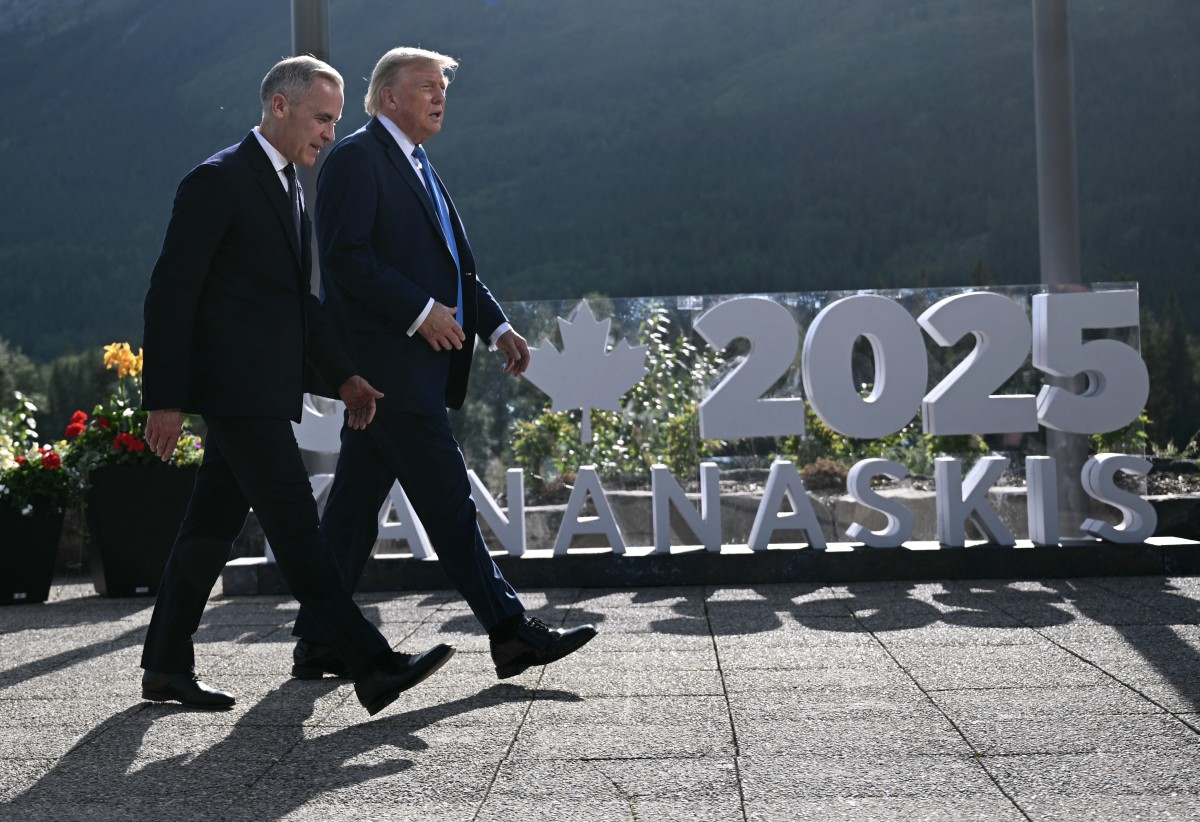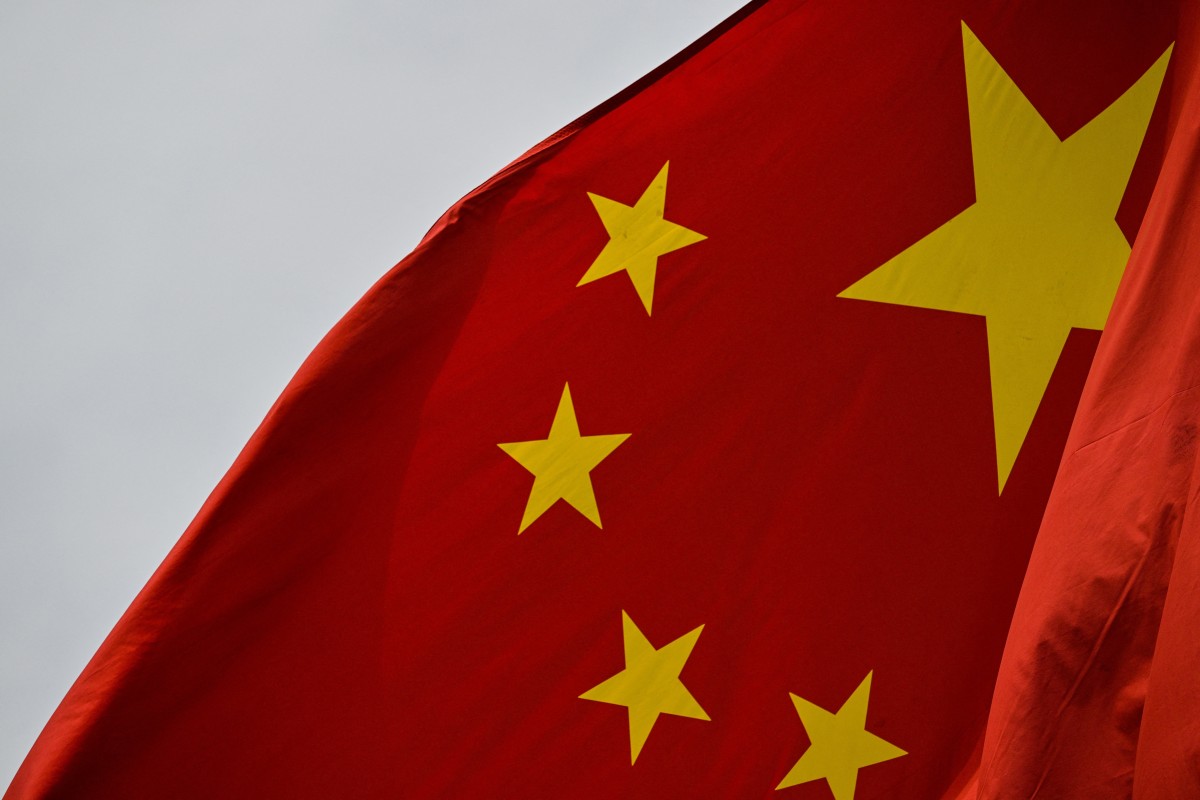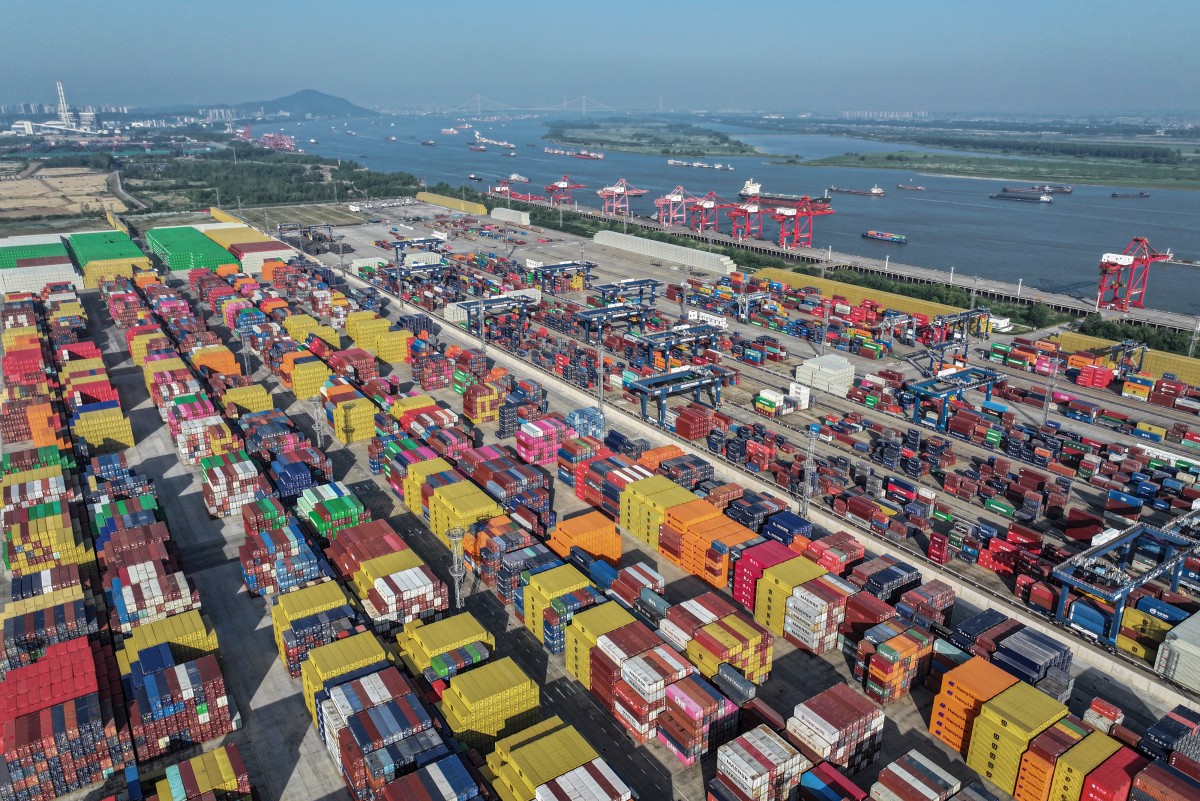
By Agence France-Presse
U.S. President Donald Trump said on June 27 that he is calling off trade negotiations with Canada in retaliation for taxes impacting U.S. tech firms, adding that Ottawa will learn of their new tariff rate within a week.
Trump was referring to Canada’s digital services tax, which was enacted last year and forecast to bring in CAD5.9 billion (USD 4.2 billion) over five years.
While the measure is not new, U.S. service providers will be “on the hook for a multi-billion dollar payment in Canada” come June 30, noted the Computer & Communications Industry Association recently.
The three percent tax applies to large or multinational companies such as Alphabet, Amazon, and Meta that provide digital services to Canadians, and Washington has previously requested dispute settlement talks over the matter.
“Based on this egregious tax, we are hereby terminating all discussions on trade with Canada, effective immediately,” Trump said in a post on his Truth Social platform on June 27.
Canada may have been spared some of Trump’s sweeping duties, but it faces a separate tariff regime. Trump has also imposed steep levies on imports of steel, aluminum, and automobiles.
Last week, Canadian Prime Minister Mark Carney said Ottawa will adjust its 25 percent counter tariffs on U.S. steel and aluminum—in response to a doubling of U.S. levies on the metals to 50 percent—if a bilateral trade deal is not reached in 30 days.
“We will continue to conduct these complex negotiations in the best interest of Canadians,” Carney said, adding that he had not spoken to Trump on the day.
U.S. Treasury Secretary Scott Bessent told CNBC that Washington had hoped Carney’s government would halt the tax “as a sign of goodwill.”
He now expects U.S. Trade Representative Jamieson Greer to start a probe to determine the harm stemming from Canada’s digital tax.

China progress
Trump’s salvo targeting Canada came shortly after Washington and Beijing confirmed finalizing a framework to move forward on trade.
A priority for Washington in talks with Beijing had been ensuring the supply of the rare earth minerals essential for products including electric vehicles, hard drives, and national defense equipment.
China, which dominates global production of the elements, began requiring export licenses in early April, a move widely viewed as a response to Trump’s blistering tariffs.
Both sides agreed after talks in Geneva in May to temporarily lower steep tit-for-tat duties on each other’s products.
China also committed to easing some non-tariff countermeasures, but U.S. officials later accused Beijing of violating the pact and slow-walking export license approvals for rare earths.
They eventually agreed on a framework to move forward with their Geneva consensus, following talks in London this month.
A White House official told AFP on June 26 that the Trump administration and China had “agreed to an additional understanding for a framework to implement the Geneva agreement.”
This clarification came after the U.S. President told an event that Washington had inked a deal relating to trade with China, without providing details.
Under the deal, China “will review and approve applications for the export control items that meet the requirements in accordance with the law,” China’s commerce ministry said.
“The U.S. side will correspondingly cancel a series of restrictive measures against China,” it added.

Upcoming deals?
Dozens of economies, although not China, face a July 9 deadline for steeper duties to kick in—rising from a current 10 percent. It remains to be seen if countries will successfully reach agreements to avoid them before the deadline.
In talks with the European Union, for example, Trump told an event at the White House on June 27, “We have the cards. We have [far more cards] than they do.”
But Bessent said Washington could wrap up its agenda for trade deals by September, indicating more agreements could be concluded, although talks were likely to extend past July. He told Fox Business that there are 18 key partners Washington is focused on pacts with.
“If we can ink 10 or 12 of the important 18, there are another important 20 relationships, then I think we could have trade wrapped up by Labor Day,” Bessent said, referring to the U.S. holiday on September 1.
Wall Street’s major indexes finished at fresh records as markets cheered progress in U.S.-China trade while shrugging off concerns about Canada.
